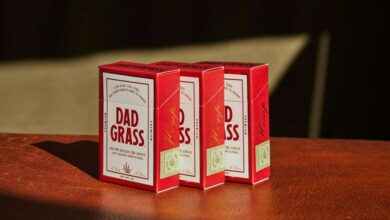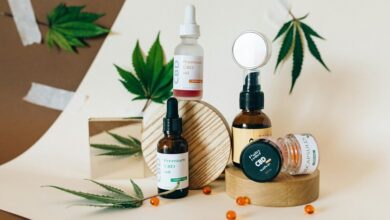How to Decarb Cbd

Decarboxylation is a crucial process for activating the therapeutic properties of CBD. This transformation converts cannabinoid acids into their active forms, enhancing efficacy. The procedure involves specific temperature control and timing to preserve the potency of the compounds. Understanding how to effectively decarb CBD can significantly impact its benefits and absorption. The following guidelines will provide clarity on preparing and executing this essential process.
Understanding Decarboxylation and Its Importance
Decarboxylation, a critical process in the preparation of cannabis products, occurs when heat is applied to raw plant material, resulting in the conversion of cannabinoid acids into their active forms.
The decarboxylation process is essential for maximizing the therapeutic benefits of cannabinoids like CBD.
Understanding this transformation highlights its importance for consumers seeking effective, activated products that promote wellness and freedom of choice.
Preparing Your CBD for Decarb
To effectively prepare CBD for decarboxylation, careful attention must be paid to the selection and handling of the raw plant material.
Choosing strains high in CBD content is crucial for optimal results.
Additionally, proper storage conditions—keeping the plant in a cool, dark, and dry environment—will preserve its potency and freshness, ensuring a successful decarb process that maximizes the desired effects.
Step-by-Step Guide to Decarbing CBD
An effective decarbing process for CBD involves a series of precise steps that transform raw cannabis into a more bioavailable form.
Utilizing specific decarb techniques, one should preheat the oven to optimal temperatures, typically around 220°F (104°C).
The cannabis should then be evenly spread on a baking sheet, covered, and baked for 30-40 minutes, ensuring potent cannabinoids are activated without degradation.
Tips for Maximizing the Benefits of Decarbed CBD
While decarbing CBD is a crucial step in enhancing its effectiveness, understanding how to maximize its benefits further amplifies its potential.
Employing various decarb methods allows users to tailor the process, while adhering to optimal temperatures ensures compound integrity.
Integrating decarbed CBD with healthy fats can enhance absorption, and utilizing consistent dosing strategies may further optimize the therapeutic effects, ensuring a liberated experience.
Conclusion
In the realm of wellness, decarbing CBD resembles a skilled alchemist transforming raw materials into gold. By meticulously applying heat to cannabinoid-rich cannabis, one unlocks the latent potential housed within, enhancing its therapeutic properties. The process, akin to nurturing a seed into a flourishing plant, allows for optimal absorption and efficacy. As individuals embark on their wellness journey, understanding the art of decarboxylation becomes a vital key, ensuring they harness the full spectrum of benefits that decarbed CBD offers.






